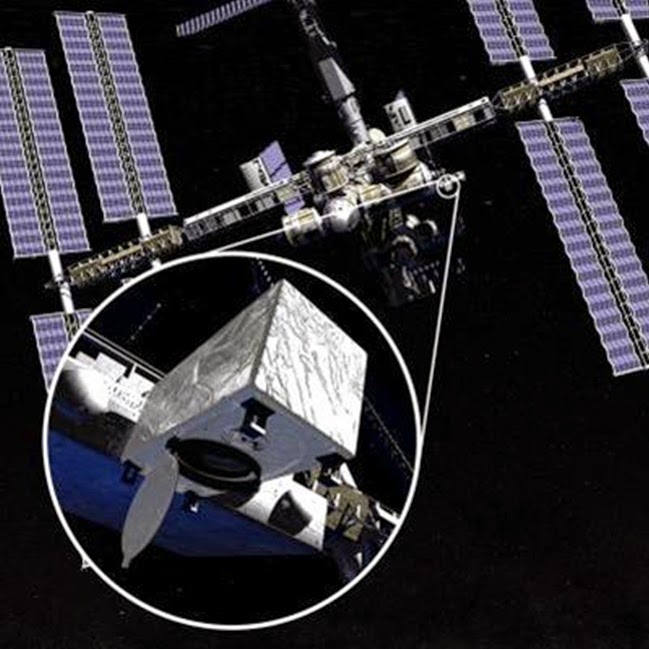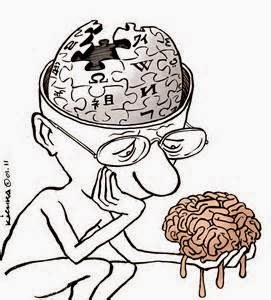Hi HVAC in Popular Movies: Did Hollywood Get It Right?
.jpg)
.jpg)
HVAC Upcoming Movies: Die Hard.
Aliens (1986):

Actress Sigourney Weaver poses with an egg prop from the movie “Aliens” Dec. 10, 2003, during a presentation ceremony at the National Museum of American History in Washington, D.C. In addition to the egg, Weaver presented a film script and original movie poster to the museum for its collection. (Photo by Alex Wong/Getty Images).
In this James Cameron-directed sequel to the 1979 science-fiction horror film “Alien,” Ellen Ripley (Sigourney Weaver) reluctantly returns to planet LV-426 with a unit of space marines to investigate the disappearance of a terraforming colony. The only colonist they find is a young girl, whom Ripley takes under her wing. When the Aliens inevitably attack, Ripley and the girl duck into a duct. The duct spills into what looks like a trash room, apparently ventilating the trash room into the building or the building into the trash room. Or perhaps the whole building is trash, considering the Aliens have made quite a mess of the place. Near the end of the film, it is everybody into the ductwork, as they have only 16 minutes until a reactor blows. This ductwork not only supports a half-dozen people, but a couple pretty gnarly auto-aiming machine guns that fire nearly a thousand armor-piercing rounds into the creatures without harming the duct in the least. The sequence ends with Ripley and the girl riding the centrifugal fan at the end of the duct.
Ocean's Eleven (2001):

Actors (from left) George Clooney, Matt Damon, and Andy Garcia attend the premiere of “Ocean's Eleven” Dec. 5, 2001, in Los Angeles. (Photo by Vince Bucci/Getty Images).
Although the laughs come easy in this cool caper flick, pulling off the heist of the century—simultaneously robbing three Las Vegas casinos—is no joke, especially when the casinos’ ruthless owner, Terry Benedict (Andy Garcia), is just waiting for his nemesis, Danny Ocean (George Clooney), paroled con man and ex-husband to Benedict’s girlfriend (Julia Roberts), to slip up. There are more lasers through the ventilation duct than strands in a spider web, but a well-timed blast from a stolen "pinch" device temporarily disrupts power to the casinos, allowing Ocean and cohort Linus Caldwell (Matt Damon) to breach the vault undetected. Lucky for them, the duct is large, appearing about 8 ft in diameter. The duct looks designed to flow about 25,000 cfm, making this what has to be the best-ventilated vault in the world.
Community, Season 2, Episode 21, "Paradigms of Human Memory," and Season 3, Episode 1, "Biology 101," Episode 6, "Advanced Gay," Episode 21, "The First Chang Dynasty," and Episode 22, "Introduction to Finality" (2011-2012):

Actors (from left) Donald Glover, Danny Pudi, Gillian Jacobs, Joel McHale, Alison Brie, Ken Jeong, and Yvette Nicole Brown and creator/Executive Producer Dan Harmon speak during the “Community” panel held during the NBC Universal portion of the Television Critics Association 2011 winter press tour at the Langham Hotel in Pasadena, Calif., Jan. 13, 2011. (Photo by Frederick M. Brown/Getty Images).
When Craig Pelton (Jim Rash), the dean of Greendale Community College, hears a mysterious thumping above the ceiling in Episode 1 (“Biology 101”) of the third season of this NBC (now Yahoo! Screen) sitcom, the study group explains it is student Troy Barnes’ (Donald Glover) pet monkey, which disappeared into an air-conditioning vent the previous season. But they know better. Soon, Ben Chang (Ken Jeong) bursts out of the ductwork in a terrycloth robe. Chang has been living in the ductwork since the college fired him for faking his credentials as a Spanish professor in Season 1. Young engineers looking for their first HVAC job should not consider this a viable housing alternative. In addition to being a bit dusty, ductwork is full of the nastiest sheet-metal screws (the sharp ends) imaginable. Perhaps someone should have informed Chang of this before he went into the duct after the monkey in Episode 21 of Season 2 (“Paradigms of Human Memory”).
24, Season 5, episodes 12 ("6:00 p.m. - 7:00 p.m.") and 13 ("7:00 p.m. - 8:00 p.m.") (2006):

Kiefer Sutherland attends the U.K. premiere of “24: Live Another Day” at Old Billingsgate Market in London May 6, 2014. (Photo by Anthony Harvey/Getty Images).
Winner of the 2006 Primetime Emmy Award for Outstanding Drama Series, Season (Day) 5 of “24” sees former Counter Terrorist Unit (CTU) agent Jack Bauer (Kiefer Sutherland), who faked his death 18 months earlier, pressed back into action when his friend, former U.S. President David Palmer (Dennis Haysbert), is assassinated and three former colleagues are targeted for death. Bauer soon discovers the president, Charles Logan (Gregory Itzin), is part of a plot involving 20 canisters of VX nerve gas, which fall into the hands of terrorists. In Episode 12, the terrorists break into CTU headquarters and release a canister in the electrical room. Oddly, the electrical room is being used as an air-supply plenum for the entire building. Only the rapid closure of multiple space-age, bullet-proof, explosion-proof, airtight doors saves those in the main control room (the series’ stars). The situation worsens in Episode 13, as a corrosive agent that had been added to the gas is slowly eating away at the space-age seals. The plucky group devises a daring plan: Bauer will enter the VX-saturated area and fix the seals. Lucky for Bauer, the gas eats space-age seals, not humans. He holds his breath, runs to the failing seals, opens his official CTU emergency seal pack, and pulls out … DUCT TAPE! He quickly sticks down the duct tape, and the room is purified with fresh air in about 30 seconds. (HVAC engineers, if you don’t have a roll of duct tape in your desk, get one immediately. Be prepared.)
All that is left to do is reset the balky energy-management system and restore ventilation to the building, and CTU will be back up and running. Whatever VX is unleashed on Los Angeles will, presumably, go unnoticed among all of the other pollutants and contribute its own spectrum to the city’s famous sunsets.
Below is the entire 24-hour season boiled down to a 7-minute fan-made trailer. Clips from the scenes described above are shown between the 2:24 and 2:58 marks.
TO BE CONTINUED.......,





.jpg)






.gif)












.jpg)

.jpg)
.jpg)
.jpg)
.jpg)
.jpg)

.jpg)

.jpg)
.jpg)




